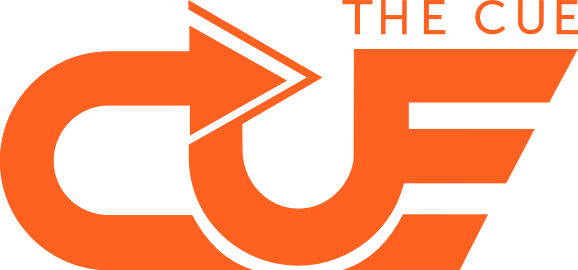How exactly does game design work, and what do you take account of when creating a game?
Just as with a book or a series, the structure of a game is very important. You think about how you’re going to include the players in the game. This is done step-by-step so that the players’ trust in doing the assignments grows and their enthusiasm increases. When players feel comfortable while playing a game, the assignments can become increasingly more challenging. We also think about what patterns a game must contain in order to preserve the knowledge and skills gained. Finally, it is important to offer different types of assignments to fit different types of players so you appeal to everyone in a team and can level up on factors such as motivation and engagement.
But what is it that provides that increase in motivation and engagement?
See, we all recognise that the endless series of Teams meetings, the working-at-home situation, and the lack of perspective don’t do much to help our work pleasure. But it’s precisely by trying out new things with your colleagues and sharing these within your team that pleasure is created. Think of taking a walk where you actually check in briefly with each other, sharing a new idea for a work agreement which eliminates irritation and lack of clarity, or gaining knowledge about a tool such as Whiteboard which adds just a little bit more dynamics to the umpteenth Teams meeting. Sometimes it can be very simple.
As far as motivation and engagement are concerned, what do you think are the crucial elements in the Cue’s games?
Without a doubt: the combination of soft skills and learning to work with Office 365. It’s nice if you know how the different applications work, but it’s about developing new behaviour which makes the collaboration within the team more effective and lets everyone experience a more pleasant collaboration.
What actually motivates you?
With respect to game design, I’m more ‘on’ in the design of new game mechanics or team assignments and the feedback I receive from players on these areas. That’s a really nice process for me as a game designer: creating things, evaluating whether they deliver the desired result, and then making adjustments again. It’s really cool! As regards the collaboration within our team, I’m already happy just with the extroverted character of my colleagues — during online meetings, it practically leaps off the screen!
Do you want to improve the motivation and engagement within your organisation’s teams in an accessible and corona-proof way? Discover our game Smart Collaborators: Working from Everywhere Together or contact us for more information!

